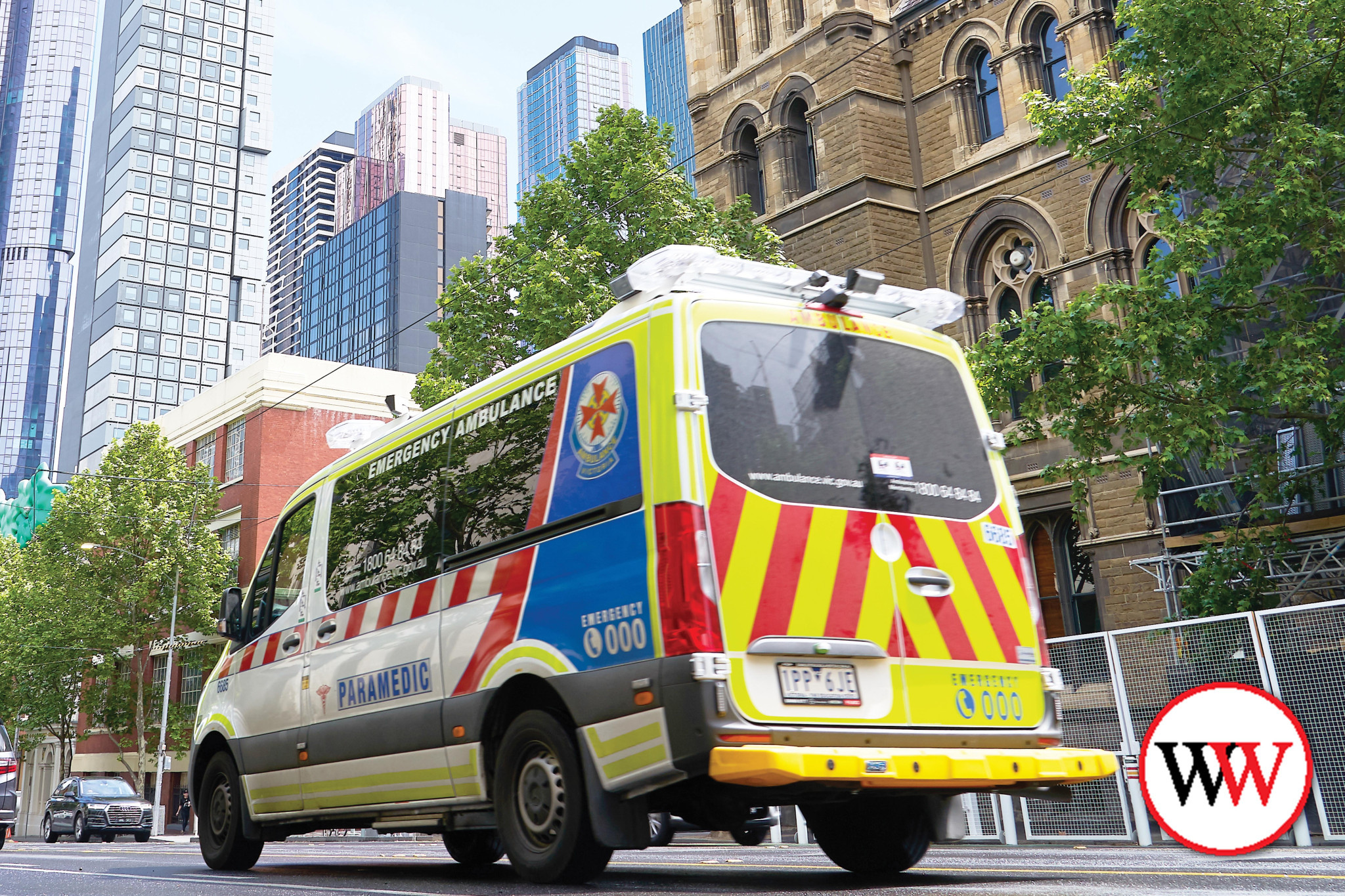Community
23 May, 2025
Top result for Warrnambool paramedics
FROM January through to March, Warrnambool paramedics attended 85.6 per cent of Code 1 patients within 15 minutes - the best results in the state.

According to figures released by Ambulance Victoria earlier this month, paramedics in the Warrnambool LGA exceeded their performance target.
As a result, paramedics are now arriving 49 seconds faster than three months ago.
In the Moyne LGA, paramedics attended 37.2 per cent of Code 1 patients within 15 minutes, up from 33.2 per cent the three months prior – decreasing response times by one minute and 10 seconds.
Paramedics and first responders across Victoria are responding to the most critical Code 1 emergencies on average 17 seconds faster than three months ago.
Ambulance Victoria (AV) executive director of regional operations, Danielle North, said demand on ambulance crews had fallen by 4.5 per cent between January and March compared with the last three months of 2024.
“Despite the drop this quarter, we have seen a 31.8 per cent increase in Code 1 cases since the COVID-19 pandemic began more than five years ago,” Ms North said.
“After three quarters in a row close to or above 100,000 Code 1 cases, the first quarter of 2025 brought some welcome relief for our crews who were called to 95,321 Code 1 emergencies.
“The work our paramedics, doctors, nurses, first responders and support staff do every day in helping people in their time of greatest need is outstanding.
“It is through them that we continue to lead the way in patient care, including one of the best cardiac arrest survival rates in the world.”
From January to March, AV crews across Victoria responded to 65.6 per cent of Code 1 cases within the state-wide target of 15 minutes, up from 64.9 per cent the previous quarter.
The state-wide average response time to Code 1 emergencies was 15 minutes and 25 seconds; an improvement from 15 minutes and 42 seconds the three months prior.
Barwon South West regional director Jerome Peyton acknowledged there was still more work to do.
“We continue to work with our partners to ensure our paramedics and first responders are dispatched to the right patient at the right time,” Mr Peyton said.
“We welcome the new Standards for Safe and Timely Ambulance and Emergency Care for Victorians which seeks to improve system-wide patient flow so that patients can be transferred to hospital in a timely way, and paramedics are back on the road and responding to the community.”
Since last November, Ambulance Victoria has welcomed 119 new paramedics statewide including graduate paramedics and qualified paramedics from New South Wales, Queensland, the Northern Territory and New Zealand.
“Meanwhile, our largest single intake of 30 mobile intensive care ambulance (MICA) intern paramedics hit the road earlier this year, providing a significant boost to critical care across Victoria.
“We are also rolling out new digital radios across regional Victoria and iPads to all our crews, making it easier and faster to complete electronic patient care records and get back on the road quicker.”
Mr Peyton also acknowledged the work of the secondary triage team of nurses and paramedics who were “making a real difference” by connecting patients with the care they needed while helping free up crews for patients in time-critical emergencies.
“From January to March, 43,858 people who didn’t need an emergency ambulance were instead connected to more appropriate care by paramedics and nurses in secondary triage,” Mr Peyton said.
Mr Peyton encouraged everyone to do their part to ensure AV’s highly skilled paramedics were available for patients most in need.
“There are many options people can access when they need timely medical care and health advice but don’t need an emergency ambulance, including the Victorian Virtual Emergency Department and urgent care centres,” he said.
“We know demand on our hard-working paramedics and first responders will rise as we head towards winter.
“That’s why we also encourage people to book in their annual flu vaccination, keep regular check-ups with their GP or specialist and stay home if unwell. We can all help to protect ourselves and people most at risk in the community.”
